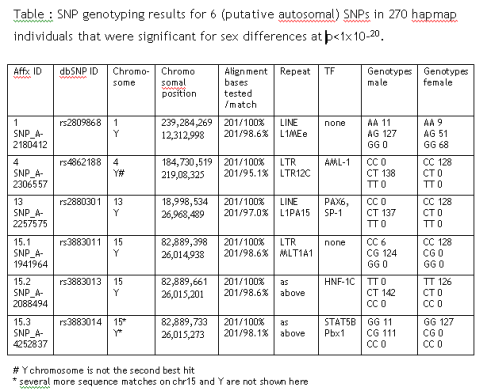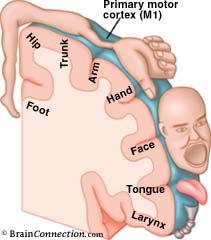The testimony of Francis Collins before the subcommittee on Health is now online
A recent NIH study of families at risk for hereditary nonpolyposis colorectal cancer … revealed that the number concern expressed by participants regarding genetic testing was about losing health insurance, should the knowledge of their genetic test result be divulged or fall into the “wrong hands” … Unless Americans are convinced that their genetic information will not be used against them, the era of personlized medicine may never come to pass. The rest would be a continuation of the current one-size-fits-all medicine, ignoring the abundant scientific evidence that the genetic differences among people help explain why some of us benefit from a therapy while others do not.


